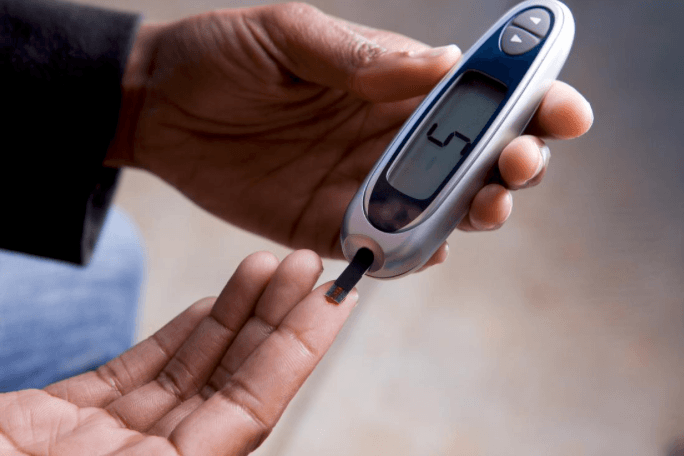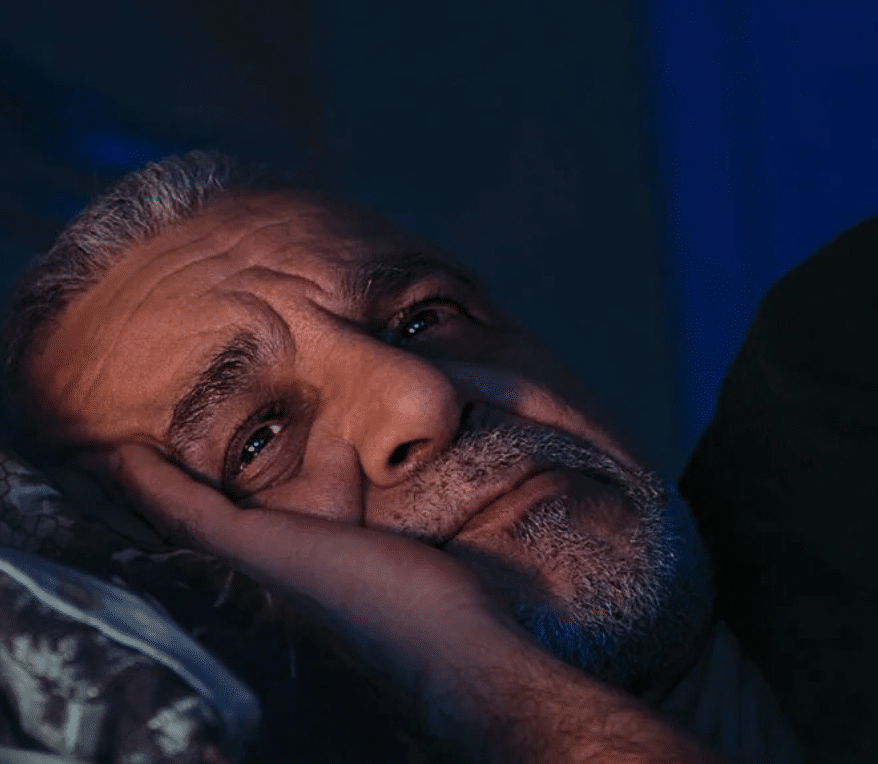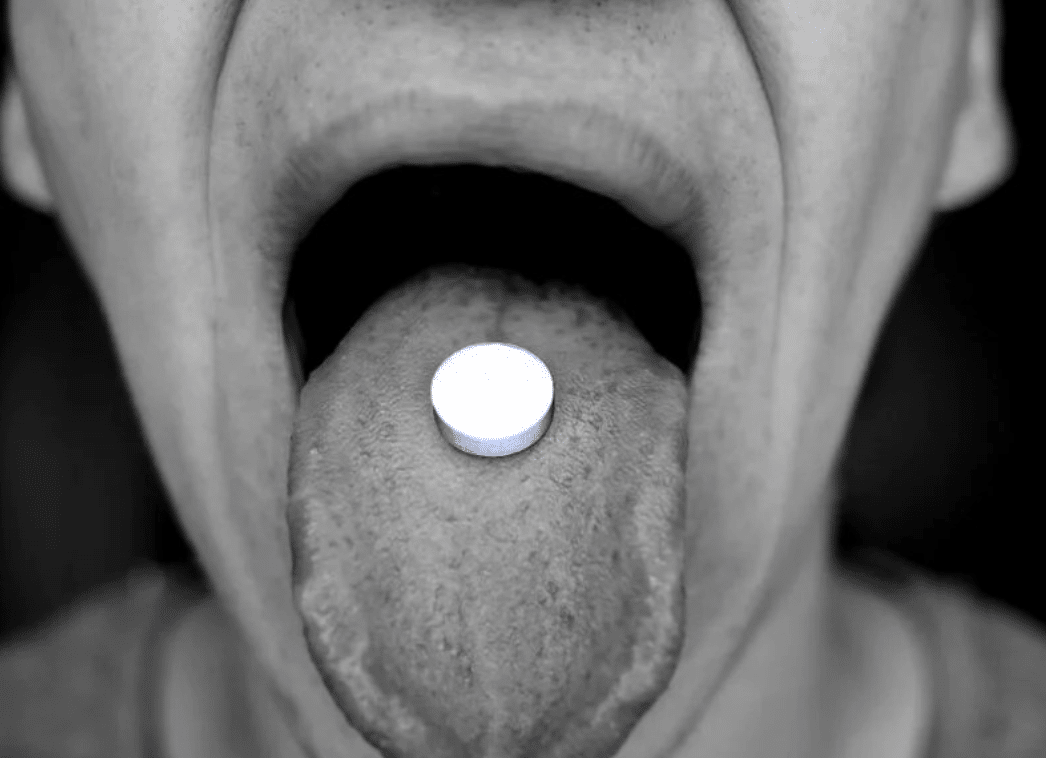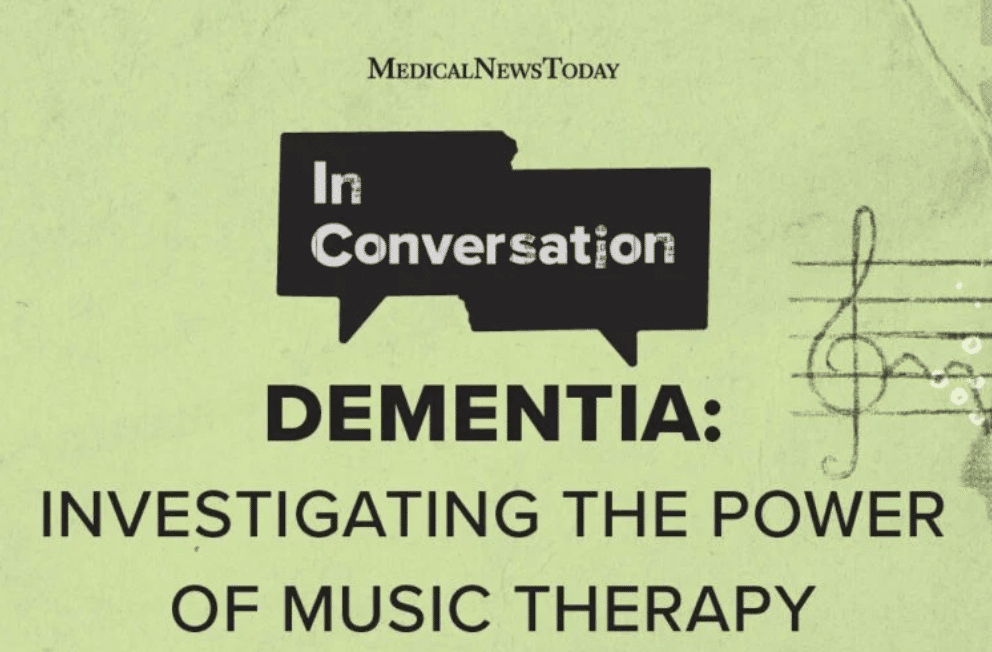Type 1 vs. type 2 diabetes

Though people with diabetes all have blood sugar issues, type 1 and 2 are quite different disorders.
Although they cause similar symptoms, type 1 and type 2 diabetes are different disorders. Type 1 diabetes, sometimes called juvenile diabetes, is typically diagnosed in childhood or early adulthood.
Type 1 diabetes is an autoimmune disease, which means the body attacks its own healthy cells. This process prevents the pancreas from making insulin, the hormone that helps the body control its blood glucose levels.
People with type 1 diabetes must take artificial insulin for the rest of their lives. Lifestyle changes will not reverse juvenile diabetes.
Type 2 diabetes is the most common form of diabetes. Typically diagnosed in adulthood, this form of diabetes interferes with the body’s ability to produce and use insulin. Unlike juvenile diabetes, lifestyle factors, such as inactivity or obesity, can increase the likelihood of developing type 2 diabetes.
In some cases, the symptoms of type 2 diabetes may be controlled with lifestyle changes, including losing weight, eating a healthful diet, and exercising regularly.
Like other autoimmune disorders, researchers do not understand what causes type 1 diabetes. Both environmental and genetic factors may have roles. For instance, a person with a gene for type 1 diabetes might not have symptoms until something in the environment activates that gene.
Once type 1 diabetes develops, the body continues attacking the pancreas until all of the beta cells are destroyed. These beta cells are essential for producing insulin. It is therefore impossible for people with type 1 diabetes to make insulin.
Both genetic and environmental factors also play a role in type 2 diabetes. However, type 2 diabetes is more closely related to lifestyle.
Some people with type 2 diabetes can reduce the severity of symptoms or even eliminate them with healthy lifestyle changes, while others remain insulin resistant even after making changes.
Insulin is a hormone that allows the body to use glucose from food. When the body does not make enough insulin, or when it cannot respond correctly to insulin, blood glucose rises. Blood glucose is a measure of how much sugar is in the blood.
Both types of diabetes can be managed with insulin injections, but type 2 diabetes can also be managed with oral medications and lifestyle changes.
Can type 2 diabetes turn into type 1 diabetes?

It is impossible for type 2 diabetes to turn into type 1.
It is not possible for type 2 diabetes to turn into type 1 diabetes.
However, it is possible for a person who is initially diagnosed with type 2 diabetes to be diagnosed with type 1 diabetes later.
Type 2 diabetes is the most common type of diabetes, so a doctor might initially think an adult with diabetes has type 2.
This may be particularly true if the person is overweight or has other risk factors for diabetes, such as a sedentary lifestyle.
It is possible for a person with type 1 diabetes to be misdiagnosed with type 2 diabetes.
Though uncommon, type 1 diabetes can appear in adulthood.
A person diagnosed with type 2 diabetes who later receives a diagnosis of type 1 will not have experienced a change in their diabetes but was likely misdiagnosed earlier.
To correctly diagnose the type of diabetes a person has, a doctor will perform several blood glucose tests.
They may also do blood tests to check for antibodies that attack insulin or beta cells in the pancreas. The presence of these antibodies usually means a person has type 1 diabetes.
Insulin dependency

It is important for people with diabetes to monitor their insulin.
People with type 1 diabetes may need to make lifestyle changes, such as avoiding high glucose foods. Lifestyle changes alone, however, will not reverse or prevent type 1 diabetes. This is why people with type 1 diabetes are insulin dependent, and the condition is sometimes called insulin dependent diabetes.
People with type 1 diabetes must closely monitor their blood glucose levels. Even with frequent monitoring and regular insulin injections, they may develop dangerously high blood glucose. When this occurs, they might need more insulin or emergency medical care.
People with type 1 diabetes have to take insulin for the rest of their lives. People with type 2 diabetes will only need insulin if other treatments fail.
Type 2 diabetes is usually a progressive disease, so long-term type 2 diabetes may end up needing insulin. Insulin is also used in combination with other drugs to optimize blood sugar control.







